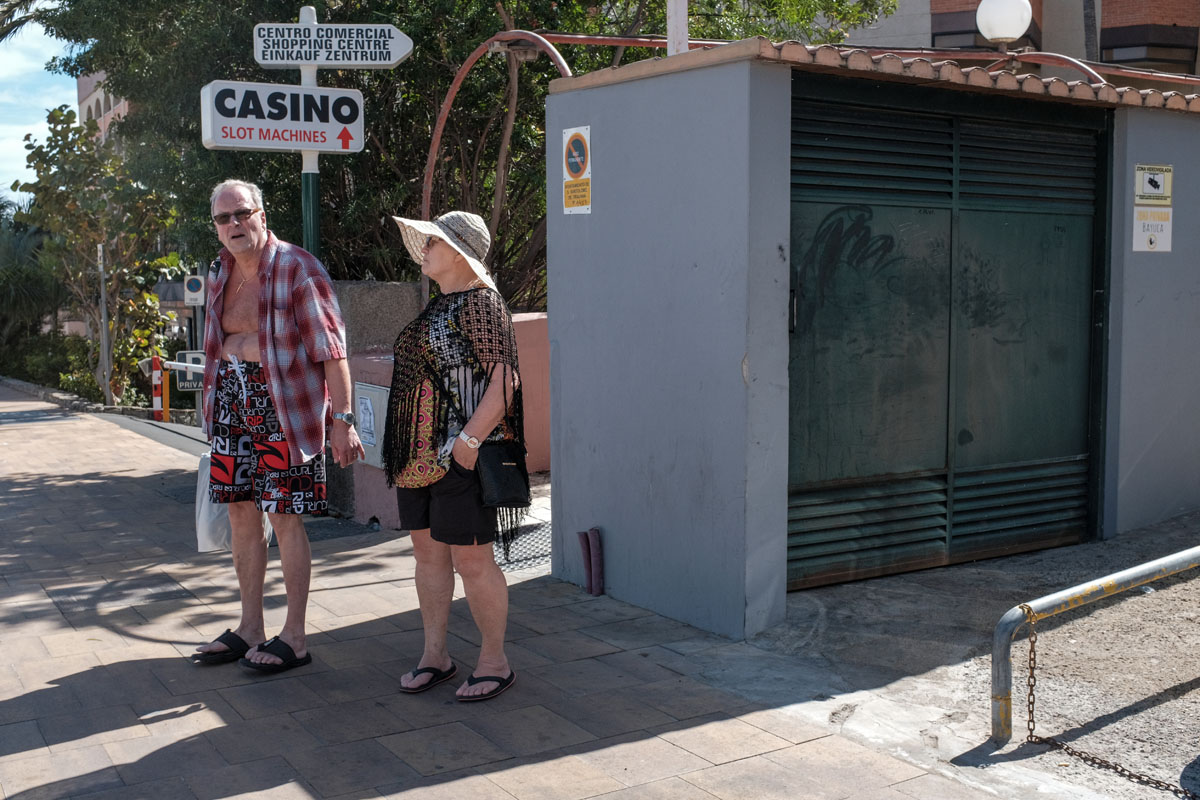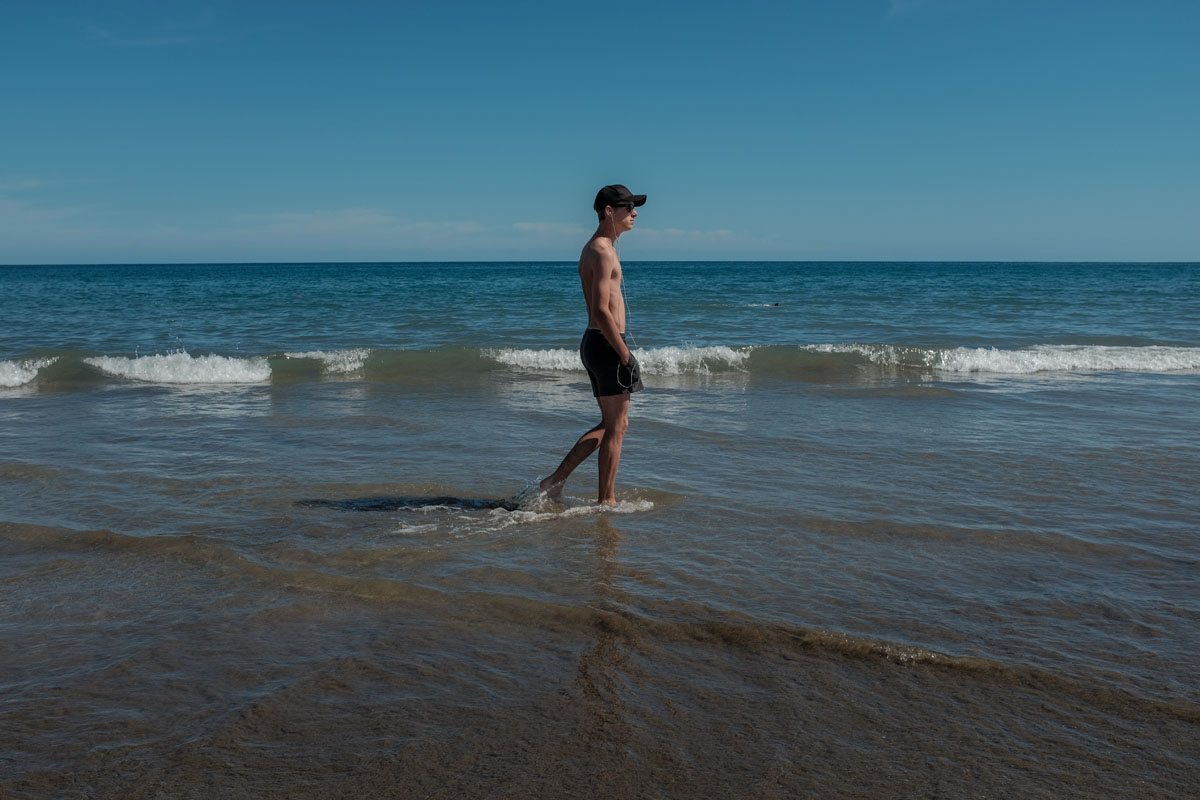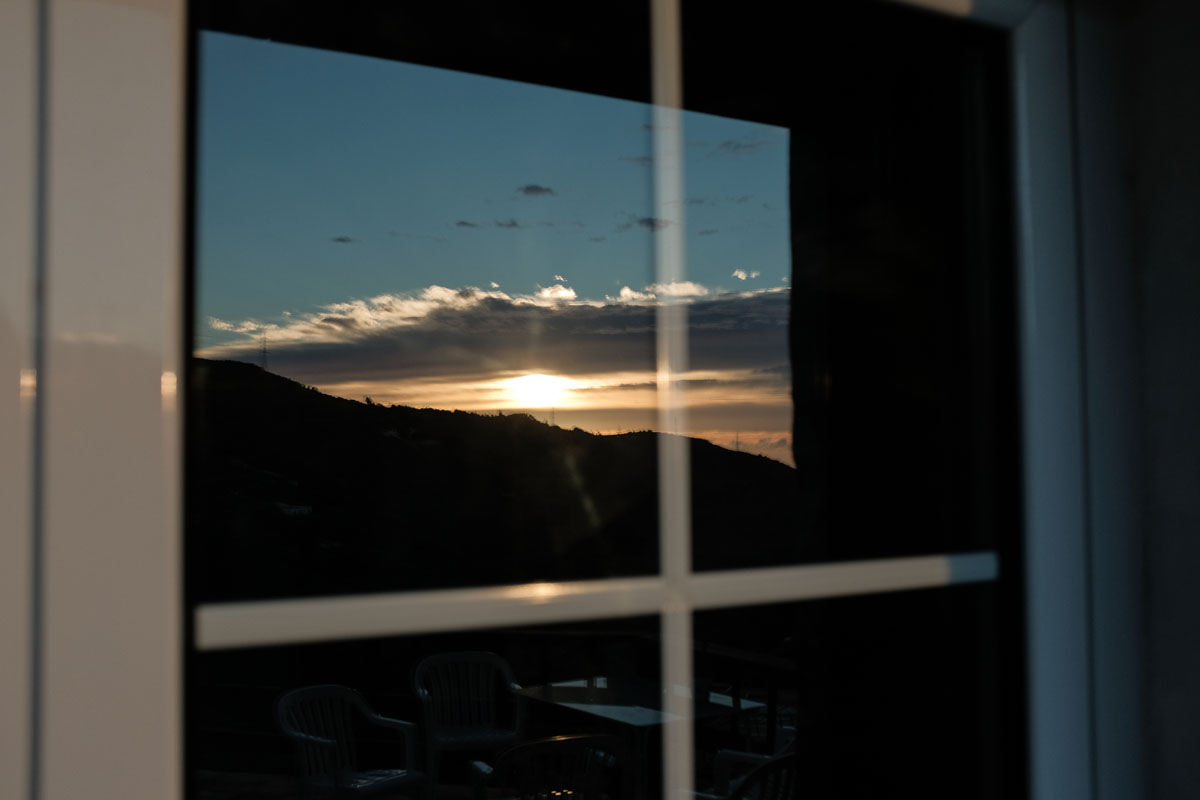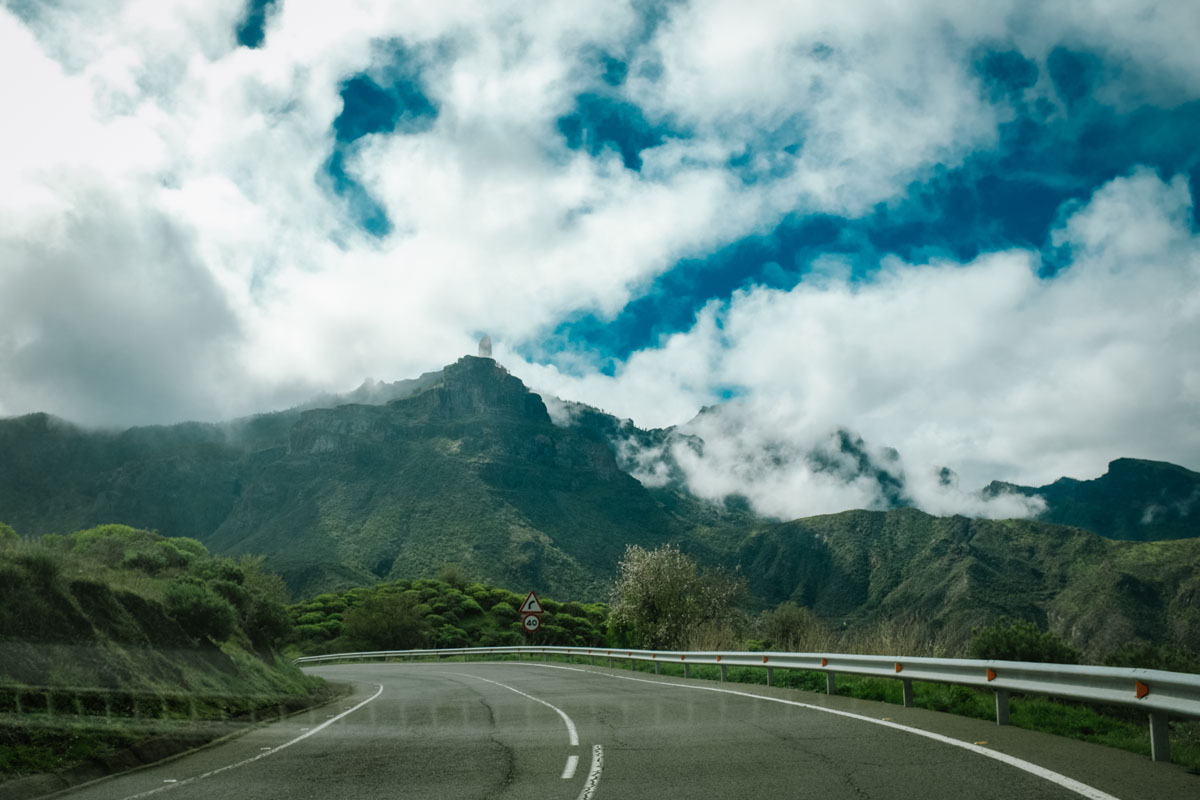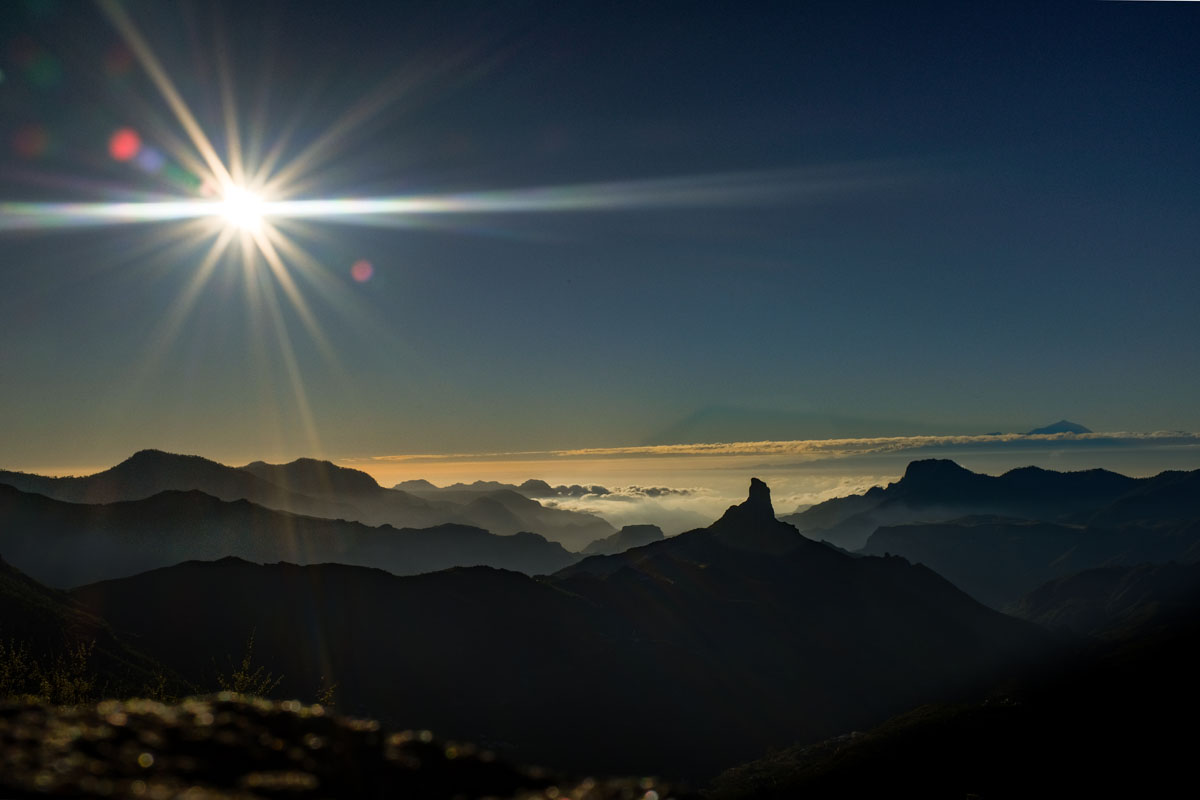
FUJIFILM X100F: The Desert Island Camera by Bert Stephani
Bert Stephani
Bert Stephani is a commercial and editorial photographer from Belgium who specializes in creative portraits and lifestyle photography.
Bert aims to capture what makes someone unique in every portrait. In his lifestyle pictures, it’s all about authentic experiences rather than the fake glamour that is often associated with the genre. Although technical mastery is high on Bert’s priority list, his style is often a bit rough around the edges, just like life itself.
Bert is also passionate about sharing information and knowledge with others. Workshops, lectures and speaking engagements have taken him all over the world to meet inspiring fellow creatives.
From the moment I saw the original X100 in a glass box at Photokina 2010, I knew it was special but I waited until it matured into the X100S before I bought into the series myself. Since then I have captured countless personal memories and professional documentary images with the X100S and later the X100T. So I was very curious to see what the new X100F would be like. I took a preproduction X100F on a short holiday to Gran Canaria, a Spanish island of the coast of West Africa, to test it out. At first it may seem like a limitation to put just one small camera with a fixed lens in my pocket but the X100F proved to be even more versatile than it’s older brothers.
The design of the X100 Series has been eye candy from the start but also combines form with function. Over the different X100 generations Fujifilm has improved the functionality and the X100F takes it another step further. The ISO dial is now incorporated in the shutter speed dial which makes it accessible without having to go into the menu. All the controls have moved to the right side of the body and are in line with the X-Pro2 and X-T2 which makes it much easier for me to switch between my different cameras. The AF joystick is a welcome addition, just like having even more customizable buttons. The camera has become a tiny bit thicker but that means it can now use the same bigger batteries as found in the interchangeable lens cameras. During my trip, one battery easily lasted a full day which is definitely an improvement over the older versions.
The biggest improvement in the camera to me is the new sensor and processor. The X100F is quicker in every aspect and both the image quality and resolution have received a serious boost. I had no complaints about the previous sensor but it’s nice to have some extra resolution for big prints or for cropping. Being able to push the ISO values even higher than before is also a big advantage.
With the excellent film simulations, Fujifilm has changed the way a lot of photographers look at shooting JPEG files. I grew up as a RAW-shooter but these days I am using JPEG files more often as clients often require ultra fast turnarounds and as I discovered I don’t need to spend a lot of time behind my computer if I carefully shoot JPEG. With the X100F we get even more control over the film simulation parameters and we also get the excellent ACROS black and white film simulation that was introduced with the X-Pro2.
When confronted with complicated situations or a wide dynamic range, the Fujfilm RAW files provide tons of information to work with. From the day I started working with the X-Pro1, I have been very pleased with how well the RAW files hold together, even when excessive processing is required. The new 24MP sensor gives me even more information to work with. There’s even a surprising amount of information in the JPEG files.
If you shoot in JPEG, you can also use the digital teleconverter feature. When that was introduced in the X70, I was very skeptical about it. After all, digital zoom just crops the image and interpolates it to a bigger file. But somehow, the Fujifilm engineers have found a way to make it actually work. On the X100F you can use a 50mm and a 70mm (35mm equivalent) digital zoom. This will never be as good as a real optical longer lens but I don’t hesitate to use it. When I look through my images, I usually just can’t tell which ones were taken with the digital zoom. And that makes it a feature that makes the X100F a lot more versatile.
As our trip to Gran Canaria was supposed to be a relaxed holiday, I didn’t want to lug around a lot of equipment and at the same time I wanted to be able to capture a wide variety of subjects: from landscapes to street photography, from travel snaps to portraits. This proved to be an excellent test for the X100F. I never felt limited with having just one camera with a fixed lens to document the trip. The silent leaf shutter and the small size make it so easy to photograph without attracting attention or intimidating the subject. Being able to shoot in pretty much any situation and any kind of light allowed me to enjoy my vacation and be a photographer at the same time. Those same qualities make the X100F a great professional tool for my documentary work.
*All images in this article were shot with a preproduction X100F in JPEG and processed in Lightroom















































